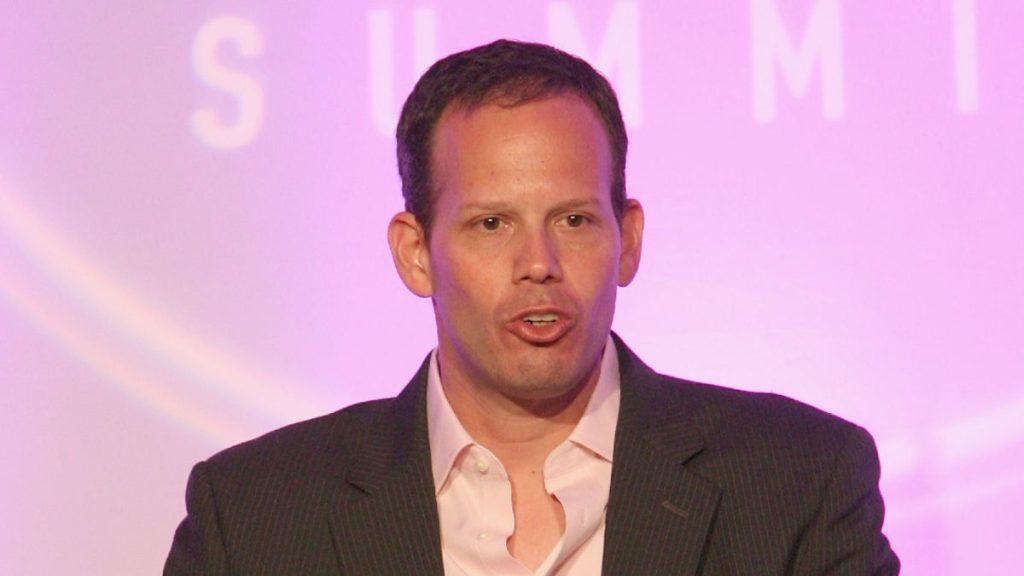Amazon has grabbed an executive vice president from Disney to lead its Prime Video advertising team. Jeremy Helfand, the former EVP of advertising and data platforms for Disney entertainment and ESPN technology, posted the news to his LinkedIn Thursday.
In his new role, Helfand will serve as the vice president head of advertising for Prime Video.
“I joined Hulu in 2018 to jump into the then emerging streaming TV revolution, and what an incredible ride it has been, ultimately landing at Disney. Through all the business growth and innovation, the team is what you remember most, and I’m so proud of what was accomplished,” Helfand wrote. “It’s time for the next chapter, and I’m thrilled to share that I’ve joined Amazon to lead Prime Video Advertising. I’ll be working with a talented team of customer-obsessed business builders to create something special, starting with our upcoming launch!”
During his time at Disney, Helfand initiated the company’s advertising platform organization at Hulu and later for several Disney streaming properties including ESPN and Disney+. Prior to working for The Walt Disney Company, Helfand worked at Adobe and was responsible for Adobe Primetime, its multi-screen digital TV platform business.
Amazon has been outspoken about wanting to bring ads to Prime Video. In September 2023, the company said that “limited advertisements” would be coming to its streaming offering early in 2024. Prime Video will eventually introduce an ad-free option for subscribers, which will cost an additional $2.99 a month. Currently, Amazon Prime, which includes Prime Video, costs $14.99 per month or $139 a year. A subscription to Prime Video alone costs $8.99 a month.
Other companies have taken note of Prime Video’s expansion into the ad space. “I think Amazon is going to be a formidable competitor in this marketplace,” president of advertising Rita Ferro said during a LinkedIn Fireside Chat on Thursday.
“They have great sports. They don’t have the level or scale of content that we have today, but it is a big platform with a lot of users,” Ferro continued. “Obviously, scale is a very big piece of what will ultimately drive success in this marketplace.”


